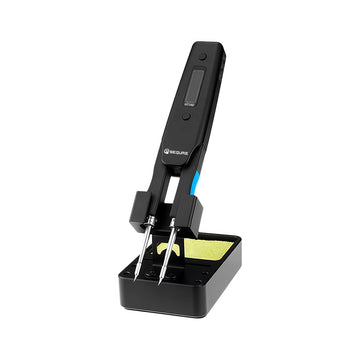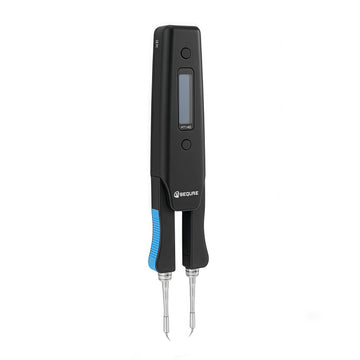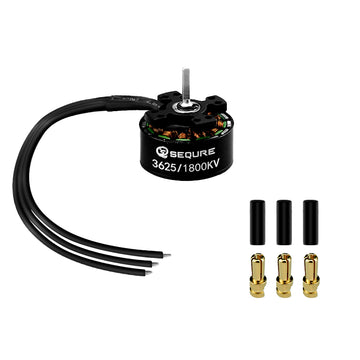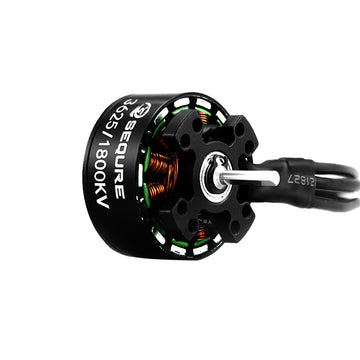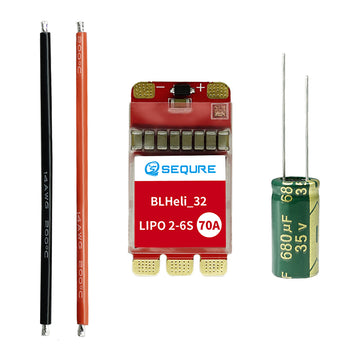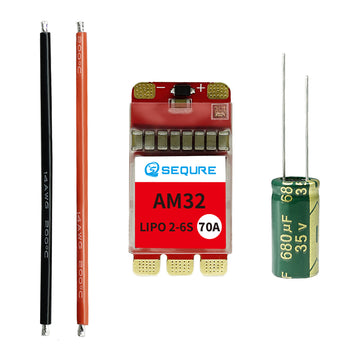The Difference Between Brushless Dc Motor And Stepper Motor
The difference between brushless DC motor and stepper motor is:
1. The speed of the brushless DC motor is higher than that of the stepper motor.
2. The driving principle of the DC brushless motor is different. The DC brushless motor is controlled by the alternating power supply provided by the positioning of the Hall element. The stepper motor is directly driven by a single pulse voltage and does not require Hall element positioning. The rotation angle can be accurately positioned by controlling the number of pulses applied to the motor.
3. The driving principle is different, so the brushless DC motor is generally used in places where the control accuracy is not high. Stepping motors are used where the control accuracy is relatively high.
Brushless DC motors can be divided into the following three main uses:
Continuous load applications: Mainly in areas that require a certain speed but do not require high speed accuracy, such as applications such as fans, pumps, hair dryers, etc., such applications are low-cost and mostly open-loop control.
Variable load applications: Mainly applications where the speed needs to be changed within a certain range, and there is a higher demand for motor speed characteristics and dynamic response time characteristics. Such as household appliances, spin dryers and compressors are good examples. In the automotive industry, oil pump control, electric controllers, engine control, etc., the system cost of such applications is relatively higher.

Positioning applications: Most industrial control and automatic control applications fall into this category. This type of application often completes energy transmission, so there are special requirements for the dynamic response and torque of the speed, and the requirements for the controller are also higher. . Photoelectric and some synchronization equipment may be used for speed measurement. Process control, machinery control, and transportation control are many of these applications.
Main features of stepper motor:
1. Generally, the accuracy of a stepper motor is 3-5% of the step angle, and it does not accumulate.
2. The maximum temperature allowed by the appearance of the stepper motor.
The high temperature of the stepper motor will first demagnetize the magnetic material of the motor, resulting in a decrease in torque and even loss of step. Therefore, the maximum allowable temperature of the motor surface should depend on the demagnetization point of different motor magnetic materials; generally speaking, the demagnetization of magnetic materials The points are all above 130 degrees Celsius, and some are even as high as 200 degrees Celsius, so the external temperature of the stepping motor is completely normal at 80-90 degrees Celsius.
3. The torque of the stepping motor will decrease with the increase of the speed.
When the stepper motor rotates, the inductance of each phase winding of the motor will form a back electromotive force; the higher the frequency, the greater the back electromotive force. Under its action, the phase current of the motor decreases with the increase of frequency (or speed), resulting in a decrease in torque.
Dear Customer/DIYer
Thank you very much for your support and hope you have a happy and interesting shopping experience. We are very welcome to the majority of customers and friends to participate in our DIY interesting articles sharing activities.
Share & Cash Back
The number of words is more than 300 words, have exquisite picture in the article. Send us your article. After check your article and it pass through, we will cashback the amount of 5-8 dollars according to the quality of the articles.
Welcome to contact this email (info@sequremall.com) and send us the articles for checking.







